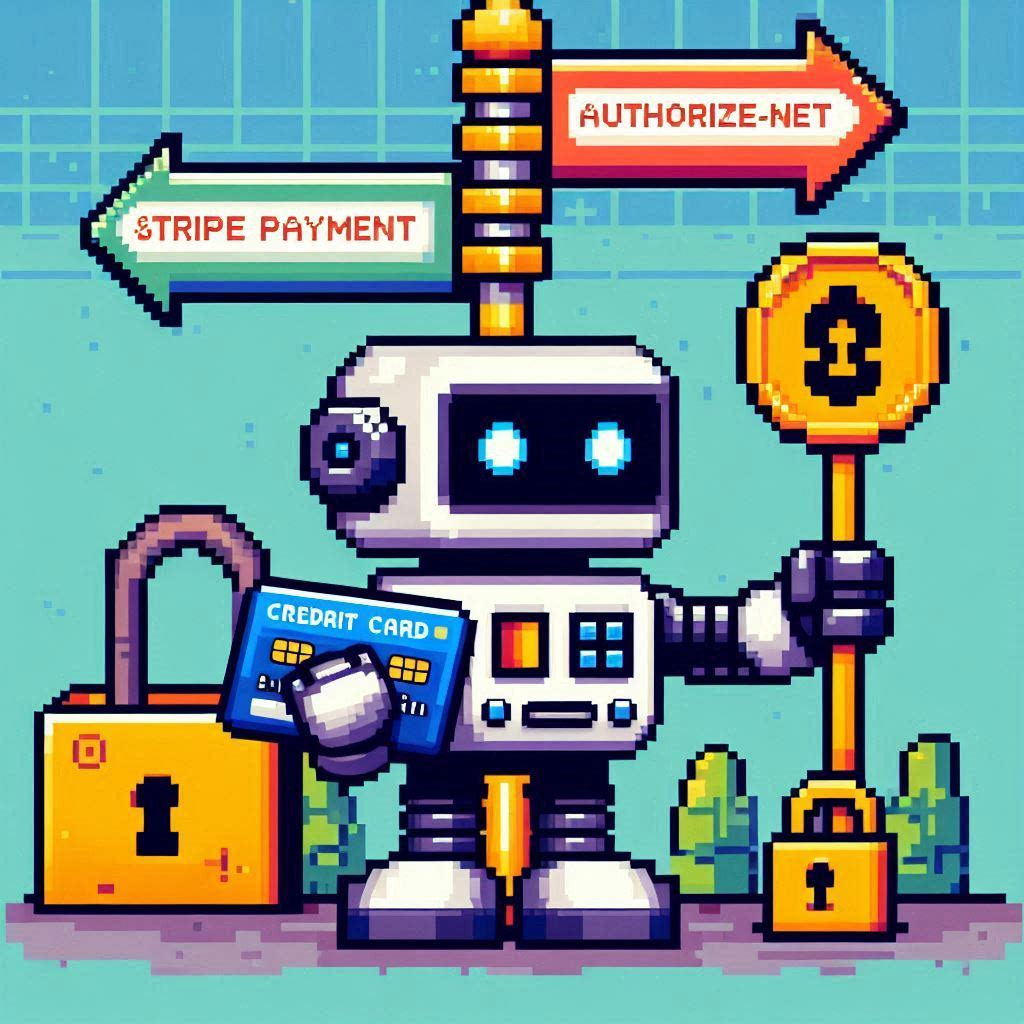From Startup Dreams to Digital Success: A Journey with High Risk Match
Imagine this: You’ve spent countless hours perfecting your digital product—a course that teaches people how to turn their hobbies into profitable businesses. You’ve created a stunning website, set up your marketing funnels, and even started seeing traffic roll in. The excitement is palpable; you’re on the verge of launching your first big digital sales campaign.
But then, the unexpected happens. Your payment processor flags your account as high-risk. Payments are declined, transactions are held up, and your dream of seamless digital sales starts to unravel. The very system you depended on to fuel your business is now the obstacle standing in your way.
This isn’t just a story—it’s a reality for countless digital entrepreneurs navigating the complexities of online sales. But here’s the good news: you don’t have to face these challenges alone. With High Risk Match, your journey from startup dreams to digital success can be smooth, secure, and incredibly rewarding.
Meet Your Ultimate Payment Partner: High Risk Match
High Risk Match is the game-changer for digital sales businesses. Whether you’re selling online courses, eBooks, or software, we understand the hurdles you face and provide tailored payment solutions to help you overcome them.
Why Choose High Risk Match?
Tailored for Digital Sales: We’ve crafted our payment gateways with digital businesses in mind, offering features like one-click purchases, recurring billing, and mobile optimization. We make it easy for your customers to buy, which means more sales for you.
Higher Approval Rates: Unlike traditional processors, we partner with institutions that appreciate the value of digital products and services. That means higher approval rates and fewer headaches for you.
Cutting-Edge Fraud Protection: Our systems are built to spot and stop fraudulent activities before they can affect your business, keeping your transactions secure and your reputation intact.
Chargeback Management: We offer proactive tools to minimize chargebacks, so you can focus on growing your business without worrying about revenue losses.
Seamless Integration: Our payment solutions integrate effortlessly with your e-commerce platform, letting you focus on what you do best—creating and selling amazing digital products.
Navigating the Digital Sales Landscape
Online Business Payments
Digital sales are the cornerstone of online businesses. Whether you’re selling digital downloads, memberships, or subscriptions, having a robust payment system is crucial.
- Instant, Secure Transactions: High Risk Match ensures that your customers can purchase your products with confidence, knowing their transactions are secure and processed in real-time.
- Global Sales Reach: We support multi-currency transactions, so you can sell to customers anywhere in the world without skipping a beat.
Subscription Services
If your business model includes subscriptions, managing recurring payments is key to maintaining a steady cash flow.
- Automated Billing: Our payment solutions simplify subscription management with automated recurring billing, ensuring your customers never miss a payment.
- Versatile Payment Options: Offer your customers flexibility by supporting multiple payment methods, increasing satisfaction and loyalty.
Selling Digital Goods
Whether it’s software, online courses, or digital art, selling digital goods requires a payment processor that understands the unique needs of this sector.
- Instant Delivery: With High Risk Match, your customers get immediate access to their purchases, enhancing their experience and boosting your sales.
- Top-Notch Security: We use the latest encryption technology to protect digital transactions, reducing the risk of fraud and chargebacks.
Your Security and Compliance Partner
Comprehensive Fraud Protection: Our advanced fraud detection systems continuously monitor your transactions, identifying and preventing suspicious activities to keep your business safe.
Effective Chargeback Solutions: We provide you with the tools and strategies needed to reduce chargebacks, ensuring that your revenue is protected.
24/7 Support to Keep You Ahead
Always Available: No matter the time, our dedicated support team is here to help with any payment processing issues or inquiries. We’re just a call or email away.
Expert Advice: Our team offers ongoing guidance to help you optimize your payment processing and stay ahead of industry trends, so you can focus on what you do best.
Why High Risk Match is the Best Choice for Digital Sales
Maximize Your Earnings
Reliable Processing: With High Risk Match, you can trust that your payments will be processed smoothly, so you can focus on growing your business without interruptions.
Higher Conversion Rates: Our user-friendly payment gateways and optimized solutions help boost your conversion rates, turning more visitors into paying customers.
Build Trust with Your Audience
Secure Transactions: We prioritize the security of every transaction, giving your customers peace of mind and encouraging them to return for more.
Transparent Reporting: Our detailed reports give you full visibility into your sales, helping you make informed decisions to drive your business forward.
Compliance and Risk Management
In the fast-paced world of digital sales, staying compliant with regulations is critical. High Risk Match helps you navigate these complexities with ease.
Industry Expertise: Our deep understanding of digital sales regulations ensures that your business remains compliant with all relevant laws and standards.
Proactive Risk Management: We provide comprehensive risk management strategies, allowing you to focus on scaling your business while we handle the challenges.
Ready to Take Your Digital Sales to the Next Level?
Don’t let payment processing challenges hold you back. Partner with High Risk Match to unlock your digital sales potential with secure, reliable, and tailored payment solutions.
Contact Us Today:
Take the Next Step:
- Get Started: Reach out to us and discover how our payment solutions can elevate your digital sales.
- Book a Free Consultation: Schedule a no-obligation consultation to discuss your needs and explore our customized solutions.
- Request a Demo: See our payment processing solutions in action. Request a demo today and experience the difference High Risk Match can make.
Meta Description: Discover how High Risk Match can supercharge your digital sales with secure, reliable payment processing solutions. Tailored for high-risk merchants, we offer seamless integration and robust support.
Keywords: Digital sales payment processing, online business payment solutions, high-risk merchant account, secure payment gateway, e-commerce payment processing
<meta name=”description” content=”Discover how High Risk Match can supercharge your digital sales with secure, reliable payment processing solutions. Tailored for high-risk merchants, we offer seamless integration and robust support.”> <meta name=”keywords” content=”Digital sales payment processing, online business payment solutions, high-risk merchant account, secure payment gateway, e-commerce payment processing”>







